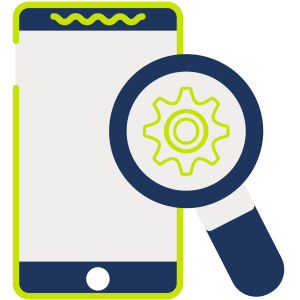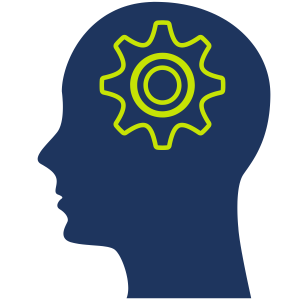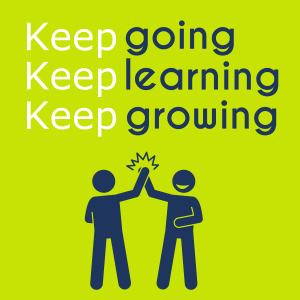
Focus Area 2: Youth Development
Summary
Each age group has its own unique set of developmental channels, tasks, and milestones. In this module, you examined the developmental stages of three age groups; middle childhood, pre-teen, and adolescence.
A key takeaway to remember is that youth advance through stages of development at their own pace. You’ll need to resist the common temptation to expect youth to “act their age” and instead be fully prepared to recognize them at their current developmental stage. Learning how you can support youth in achieving development milestones throughout each stage is key.
Understanding Youth Development and incorporating the Positive Youth Development perspective that every young person’s development can be improved when their strengths (internal developmental assets) are aligned with environmental resources will add a deeper dimension to your ability to positively impact the youth you work with.
Special emphasis was given to working with teens. Although physically they may resemble adults, you’ll be more effective in your work with them and have more realistic expectations when you remember that teens are not adults. Being aware of their unique needs, you can play a vital role in providing them with opportunities to grow into their adulthood. When working with teens, remember that the physical and emotional changes they go through influence others' reactions to them.
The sooner you intentionally start to use the strategies you’ve learned here, the faster your skill development will happen. You’re not going to remember everything, of course. But one really big thing to remember is this: if you have concerns about a youth’s development - regardless of their age - talk with your supervisor for guidance.

Learn the different development stages, channels, tasks, and milestones for middle childhood youth, pre-teens, and adolescents:
- For middle childhood youth, physical, social, and mental skills are developing quickly. This is a critical time for children to positively develop confidence in all areas of life, such as through friends, schoolwork, and sports.
- For pre-teens, the most important development milestone is to successfully navigate puberty. Pre-teens still need guidance and safe limits set by adults, but they also need to be a little more independent.
- For adolescents, establishing their own identity is the big milestone. They may not acknowledge it but they do still need positive, caring adults to play an active role. Give them room to be responsible for their own decisions and to be accountable for the consequences of those decisions. Help them safely learn from their mistakes.
Gain strategies for helping young people navigate developmental changes:
- At each stage of development, youth have unique developmental tasks to master and milestones to achieve before they are considered to have advanced to the next stage of development.
- Age and stage and not always completely aligned – some youth develop faster or slower than others – so your challenge is to provide unique supports that match their stage, avoiding the generalizations about their age.
- To put your learning into practice, focus in on the ACTIONS FOR A YOUTH WORKER section for each age group.
Explore resources for positive youth development:
- The core concept of PYD is that when the inner strengths and resources of youth are aligned with environmental resources every young person’s development can be improved.
- Utilizing the PYD framework will help you reduce risk factors and strengthen protective factors for youth.
- Helping young people develop the Five C’s: Competence, Confidence, Connection, Character, and Caring leads to realization of the sixth C of Contribution.

Understanding Youth Development really is fundamental to everything you do in your work with youth. All the behaviors you will encounter, all the strategies, resources, and supports you will offer, must all come from knowing what works best for youth at each age and stage of development in order to be most effective.
Being aware of the different tasks involved in attaining particular milestones of development will help you know if more support or intervention is needed, especially when a particular youth appears to be behind on the development curve.
Now you will demonstrate your learning by passing an 8-question quiz. If you’ve paid attention to the videos and carefully studied the content of this module, you are well-prepared for the quiz. You need a score of 80% or better to pass. Good luck!

"There is in every child at every stage a new miracle of vigorous unfolding." ― Erik Erikson, developmental psychologist and psychoanalyst known for his theory on psychological development of human beings
Your development is the key to positive youth development! It's so helpful to have a fundamental understanding of youth development so you can tailor your interactions and interventions to do the most good. Want to expand your knowledge in this focus area? Click the link above and explore.
If you prefer to print this section of The Art & Science of Youth Work certificate course, click on the "Print Friendly" icon to select how you would like it to print. You can remove images and icons.
